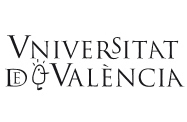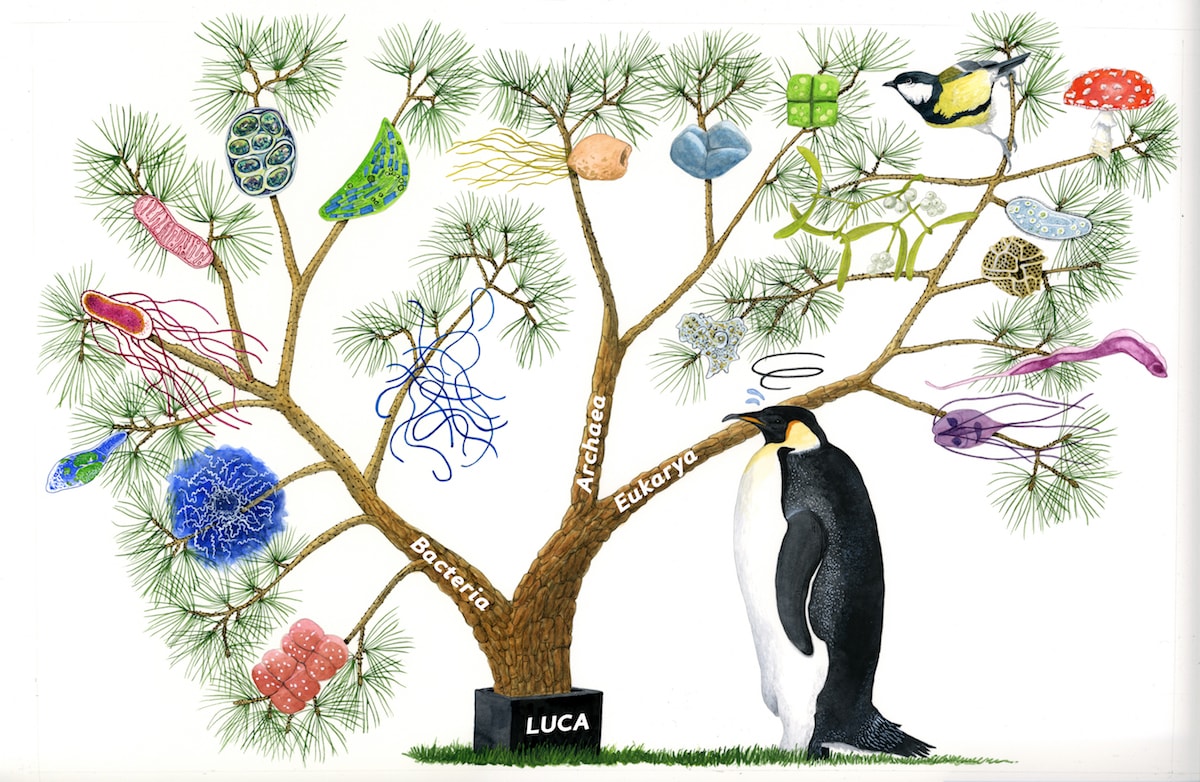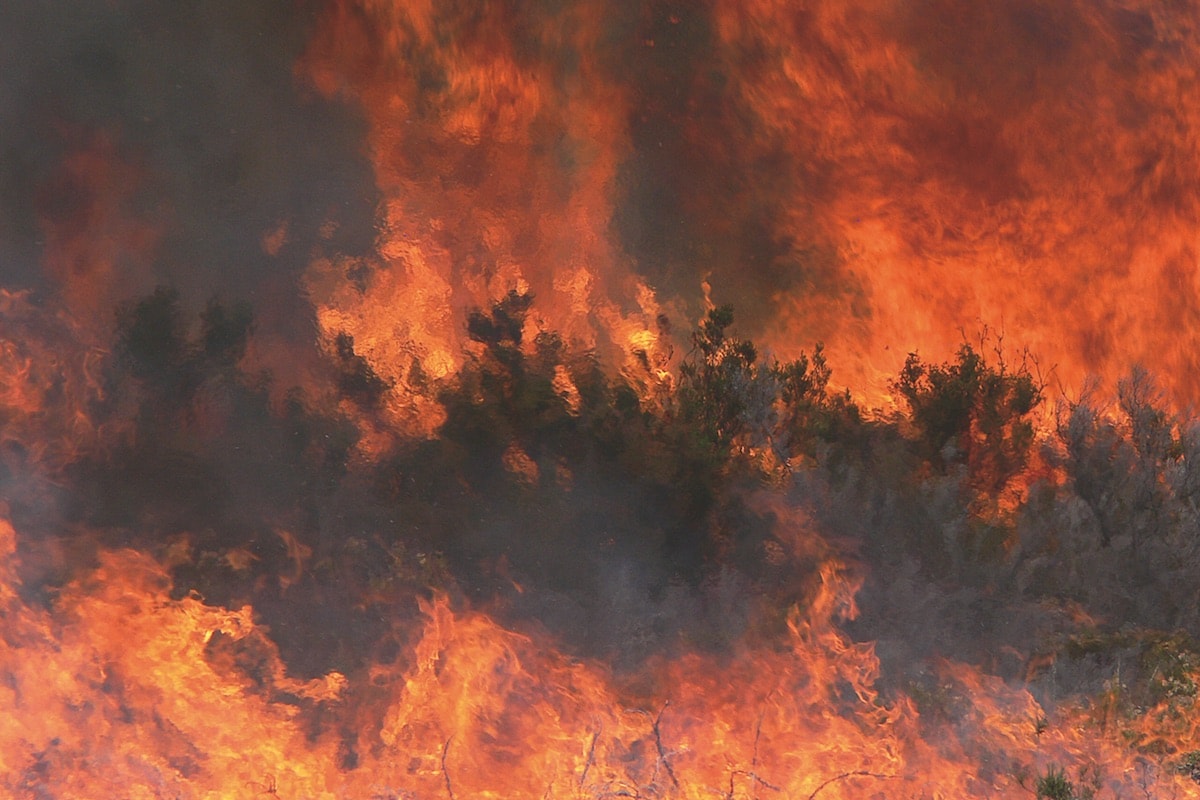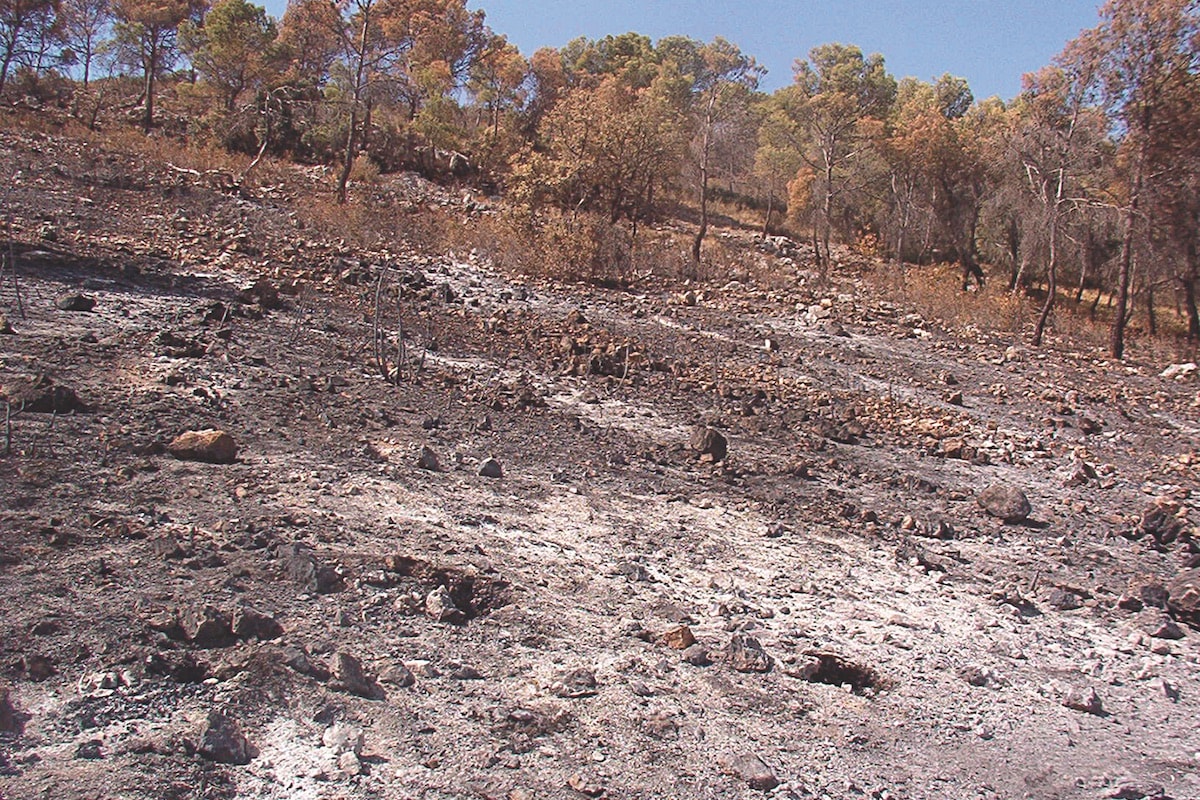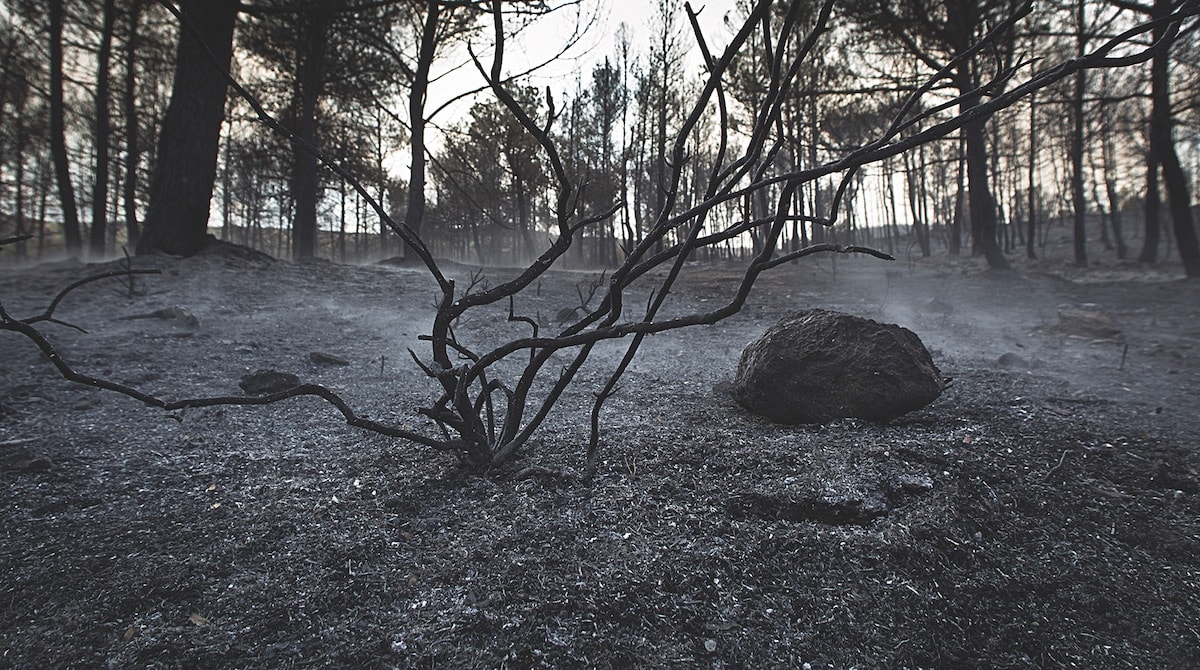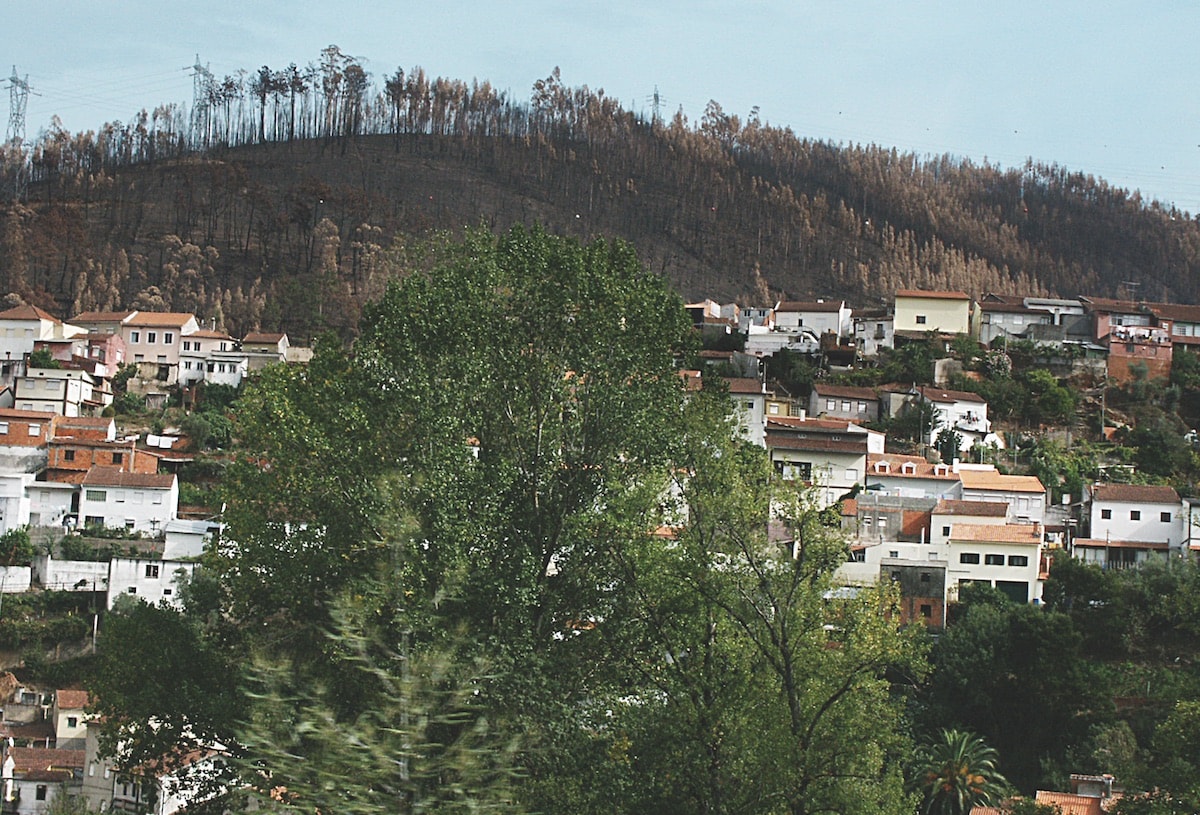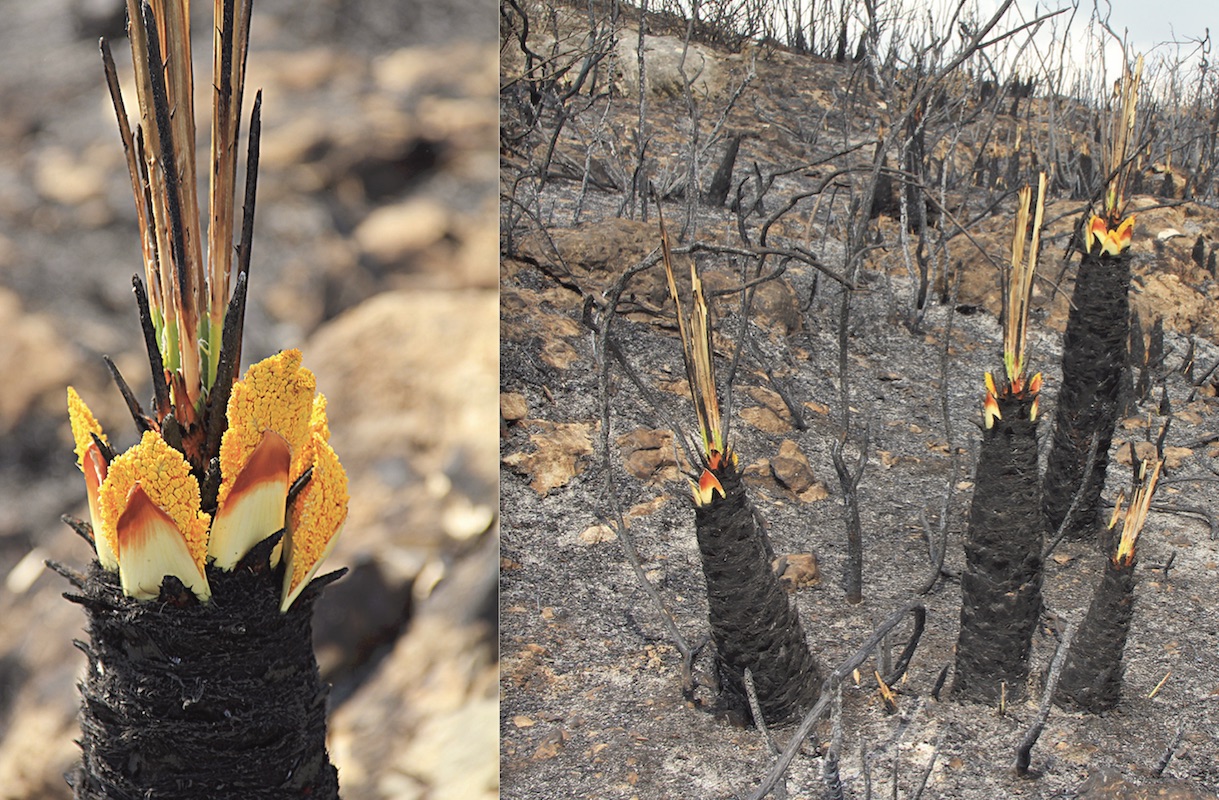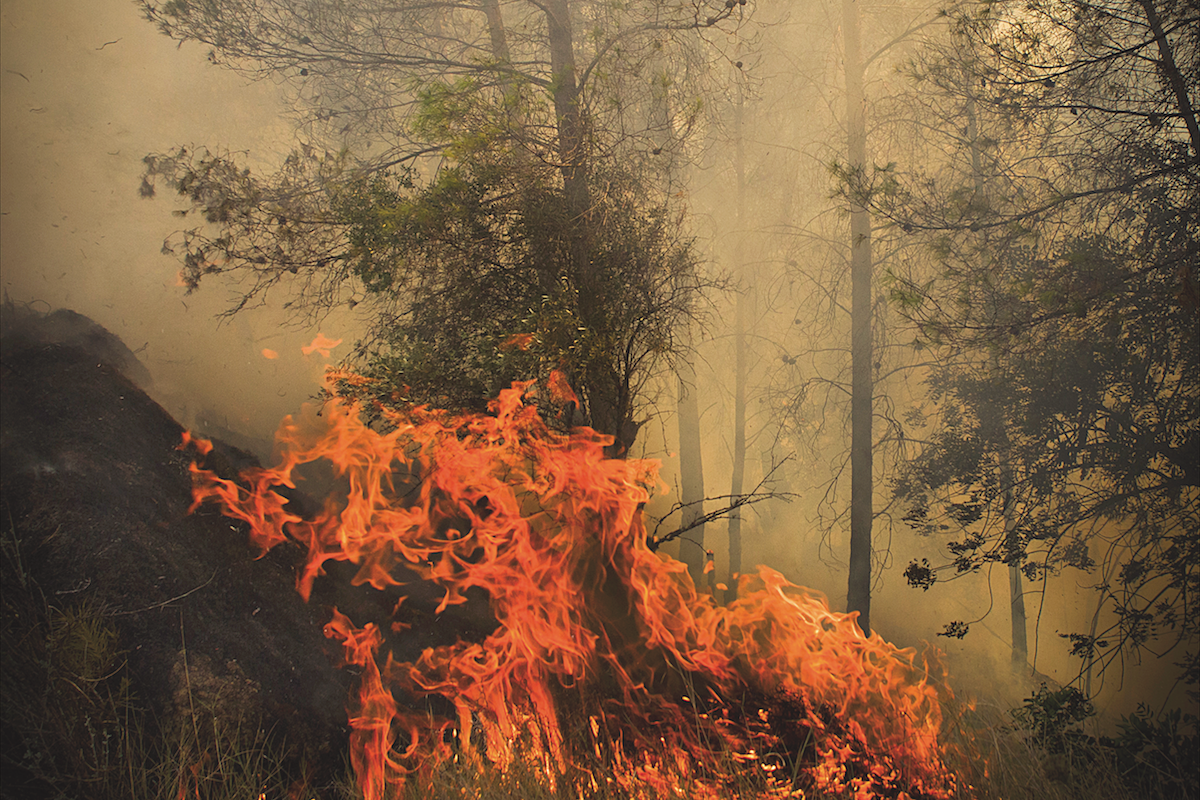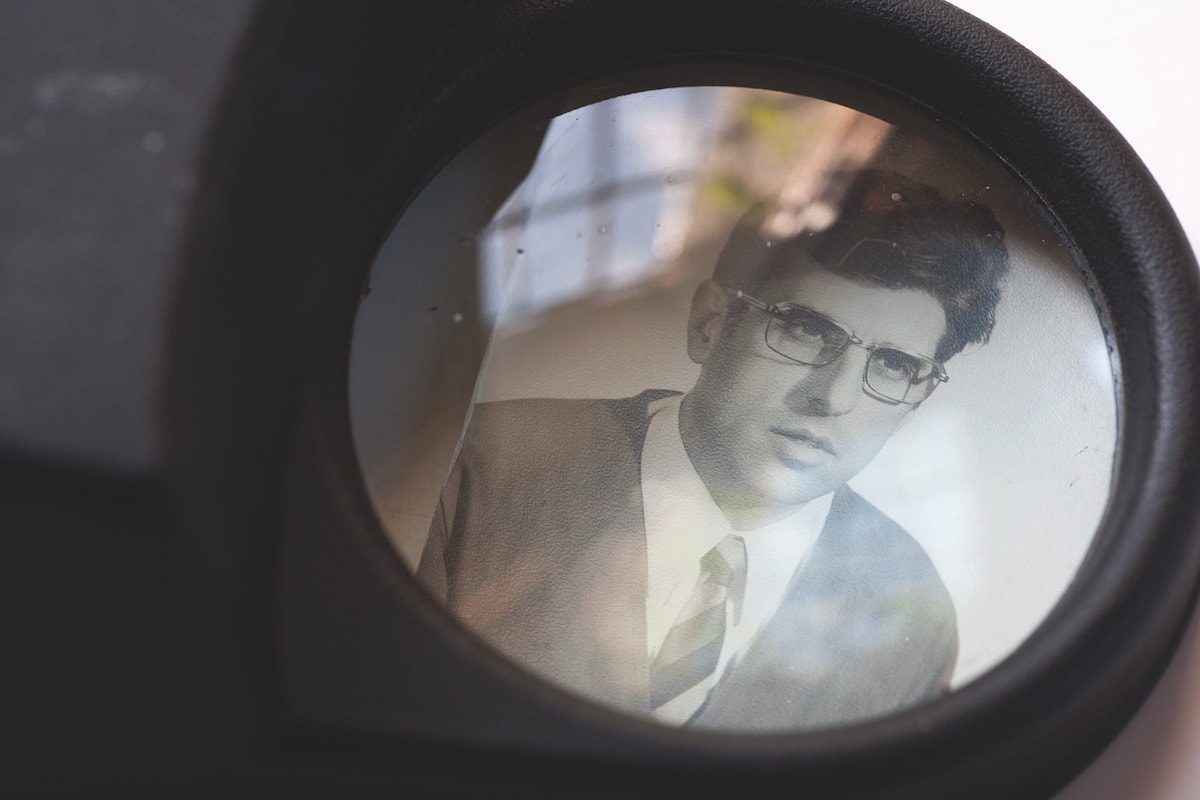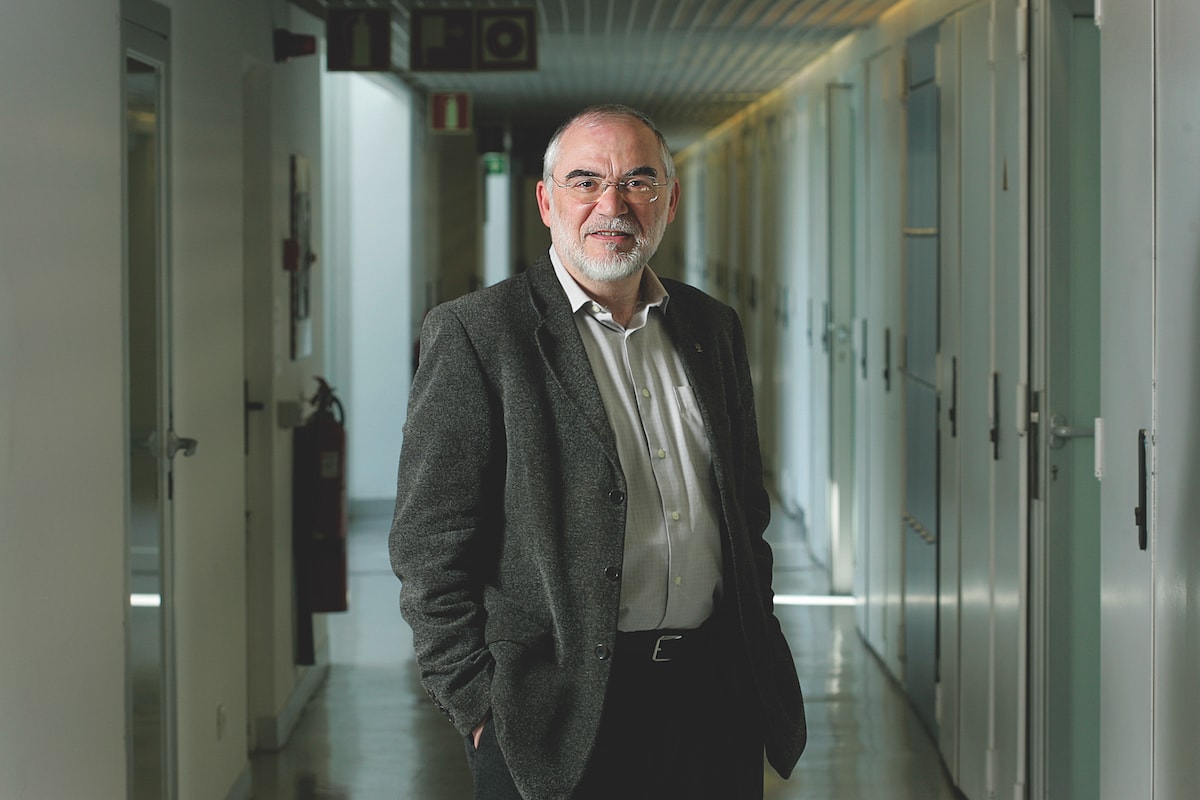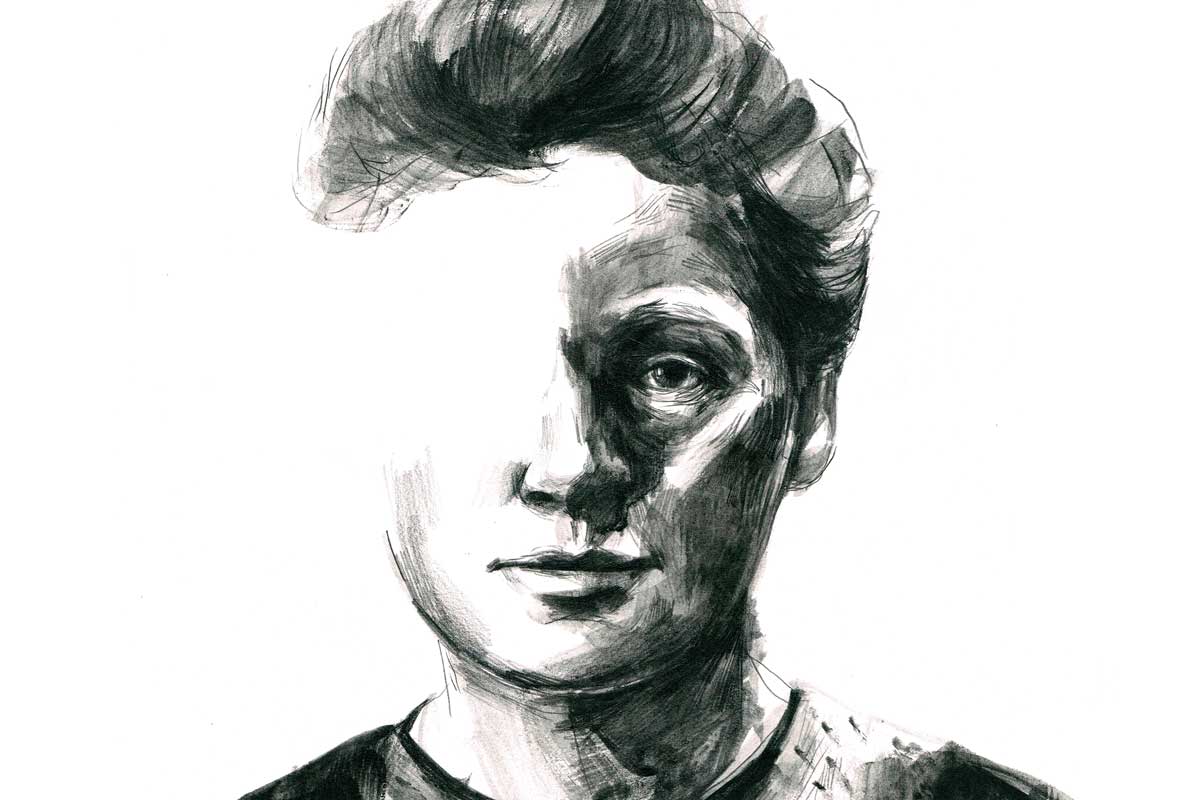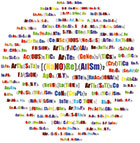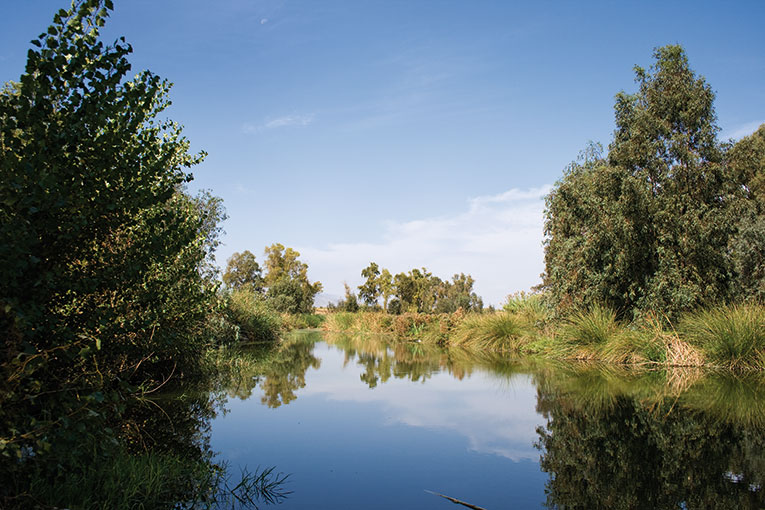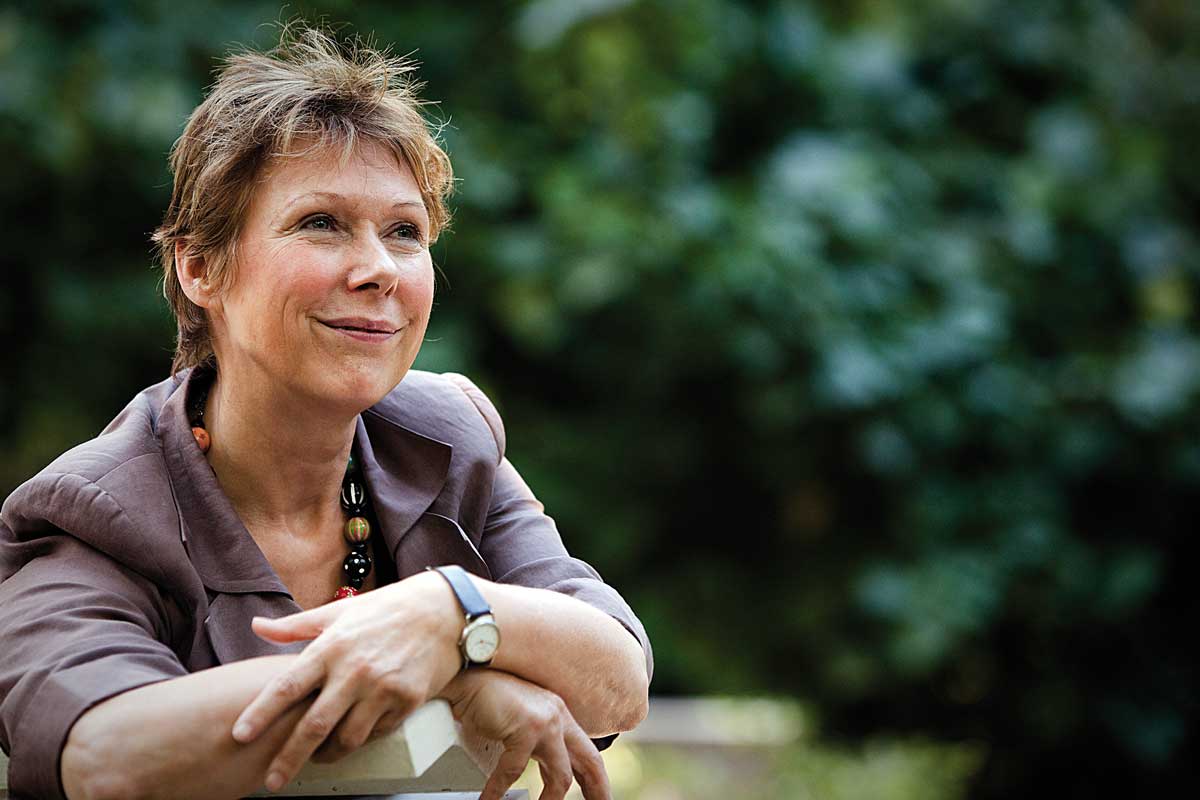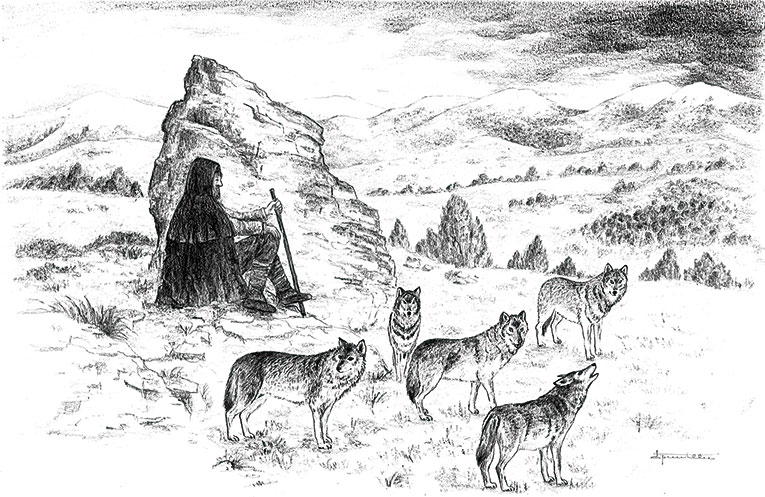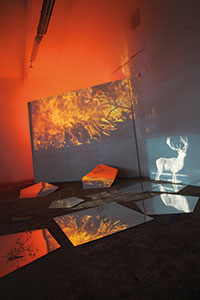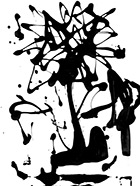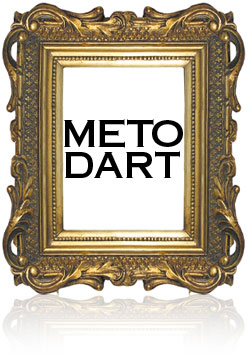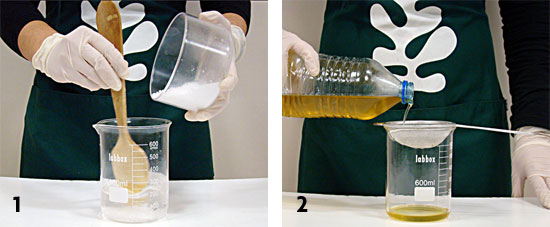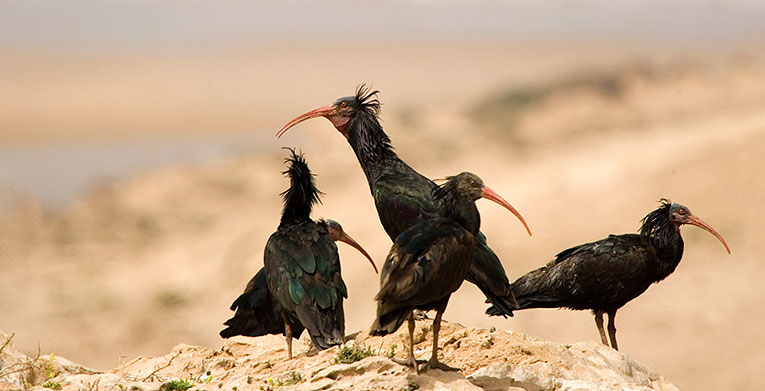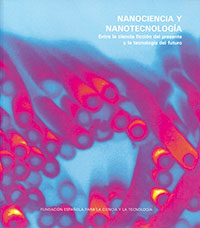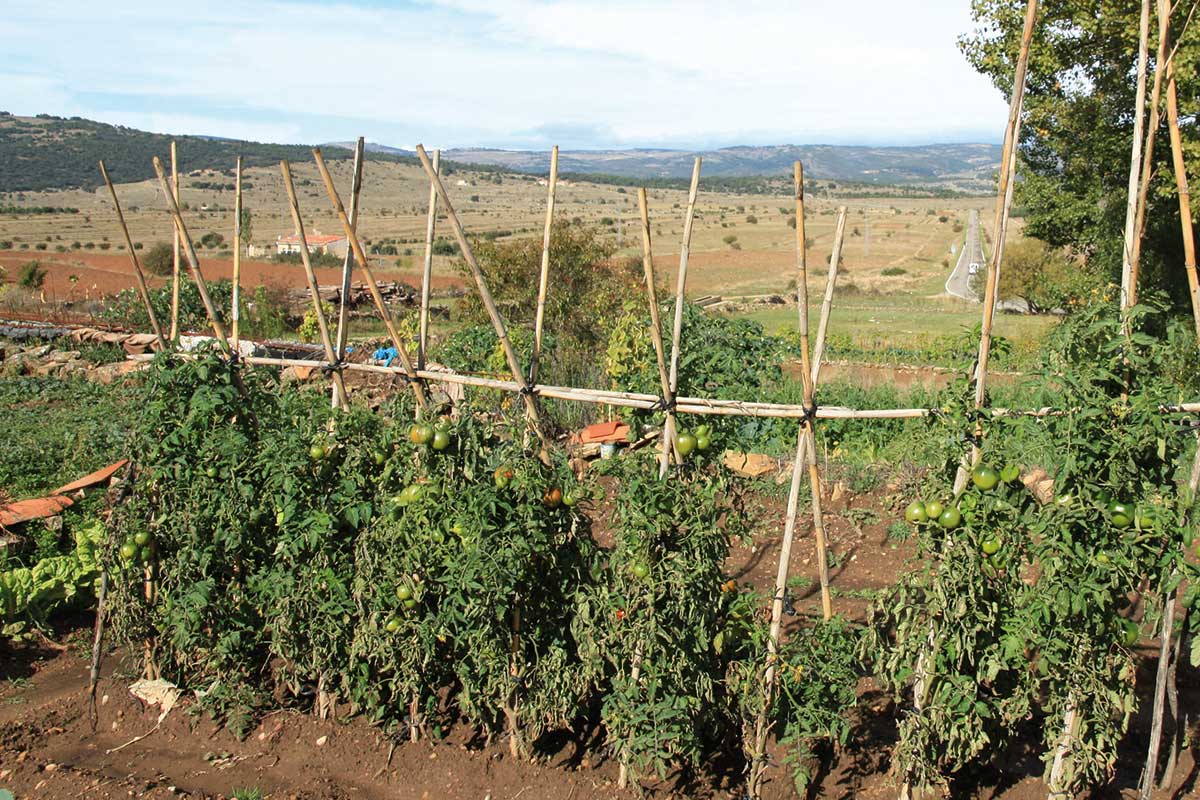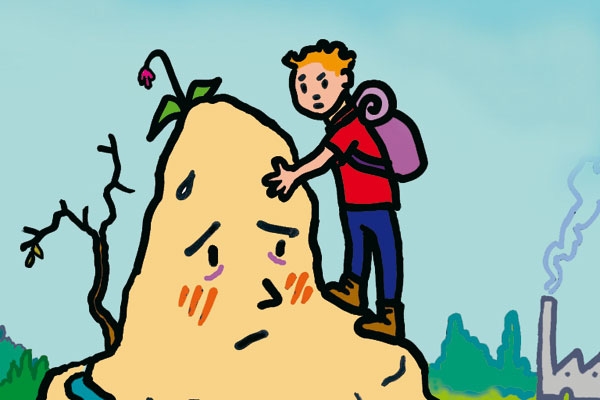Search
Nature’s complexity goes beyond human imagination. The discovery and exploitation of biodiversity has undoubtedly helped us to reach a certain level of understanding of the natural world. Even though all
Research shows that fire promotes the creation of new substances and speeds up mineralisation, also encouraging the production of recalcitrant forms of organic matter.
We ask ourselves whether natural populations, abiotic properties and the economy and society in the affected area will recover over time. This question comes up after each wildfire but to answer it is complex.
Forests cover a large part of Catalonia (63%) and this means their management is critical to good spatial planning. Prescribed fires help prevent major wildfires, which have marked recent history, they also help to reintroduce a natural element in the Mediterranean forest: fire.
Fire requires three elements: ignition, oxygen and fuel. All three are present in terrestrial ecosystems, thus fire has become a component of environments. In this sense, the Mediterranean ecosystem’s adaptation to fire is evident.
While scientists speak of fire as a natural process within a cultural landscape, the general public continues to see it as a negative factor. We review the current status of management, science and innovation in this field.
Techno-science currently comprises a complex system of knowledge production and transfer, of artefacts that constantly reshape social practices, with repercussions on people’s daily lives. The chemist, doctor, engineer, economist, or
Interview with Xavier Bellés
Xavier Bellés —head of the Institute for Evolutionary Biology (CSIC-UPF) in Barcelona— talked with us on the occasion of the launching of the book he adapted to contemporary Catalan, Bestiari.
© M. Lorenzo It is worth paying special attention to children's and teenager's exposure to radiofrequencies, since they are more sensitive to them than adults are. The mobile phone is a
Issue 65 (2010): Nano {rokbox album=|1993| text=||}images/stories/MetodArt/Nanoart/nanoworld-b.jpg{/rokbox} {rokbox album=|1993| text=||}images/stories/MetodArt/Nanoart/04VICTOR-PUNTES-b.jpg{/rokbox} {rokbox album=|1993| text=||}images/stories/MetodArt/Nanoart/05HUGO-MARTINES-TORMO-b.jpg{/rokbox} {rokbox album=|1993| text=||}images/stories/MetodArt/Nanoart/06CHRISTA-b.jpg{/rokbox} Hugo Martínez-Tormo. Nanowor(l)d, 2010. Digital technique,
Human settlements tend to avoid flood areas, but not going too far away from them since it is precisely in those areas where agriculture is more productive. Thus, riverside lands,
Everyone knows what a witch is. Wolf-masters, however, are lost in time. In the Spanish Inquisition process that judged «wolf witch» Pere Torrent, it is explained as follows: «Person who
[caption id="attachment_4954" align="alignleft" width="200"] Javier Riera. Making of Fire 1, 2011. Photograph on paper, variable dimensions. / In this Mètode monograph we see through the eyes of the artist Javier
Issue 65 (2010): Nano {rokbox album=|1805| text=||}images/stories/MetodArt/Marina_Nunyez/angel-b.jpg{/rokbox} Marina Núñez. Fallen Angel, 2008. «Science Fiction» series. One-minute video footage.
All I can say about Frederic Amat and his work come from two different sources. The first one is completely subjective and biased by my affection
One of the privileges of working on this section of the journal Mètode is the chance to recount the surprising things we encounter and enjoy in the plant world. And
Biodiversity implies integral and sustainable development for it promotes competitiveness, growth and job creation and increases financial resources. The loss of biodiversity threatens our natural environment and thus, the quality
[caption id="attachment_20140" align="alignleft" width="200"] Nanociencia y nanotecnología. Entre la ciencia ficción del presente y la tecnología del futuro. José Ángel Martín Gago (coordinador) Fundación Española para la Ciencia y la
